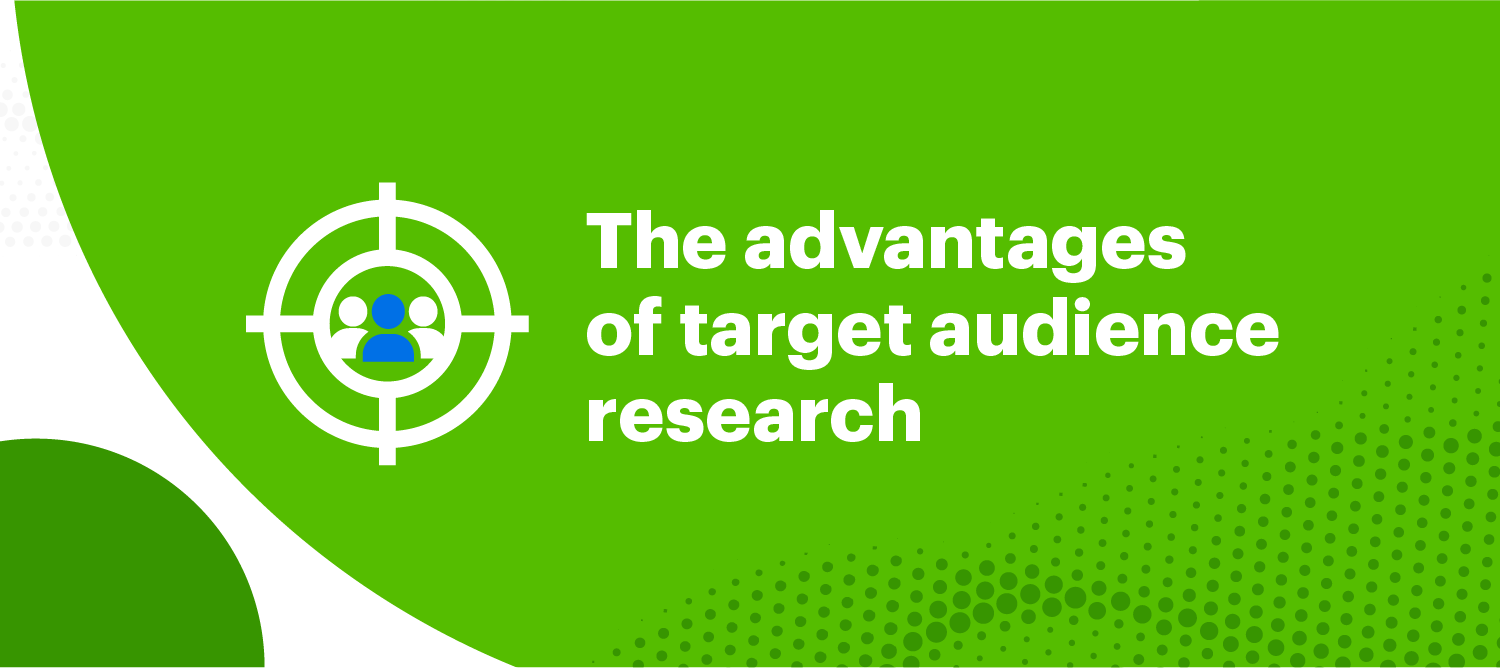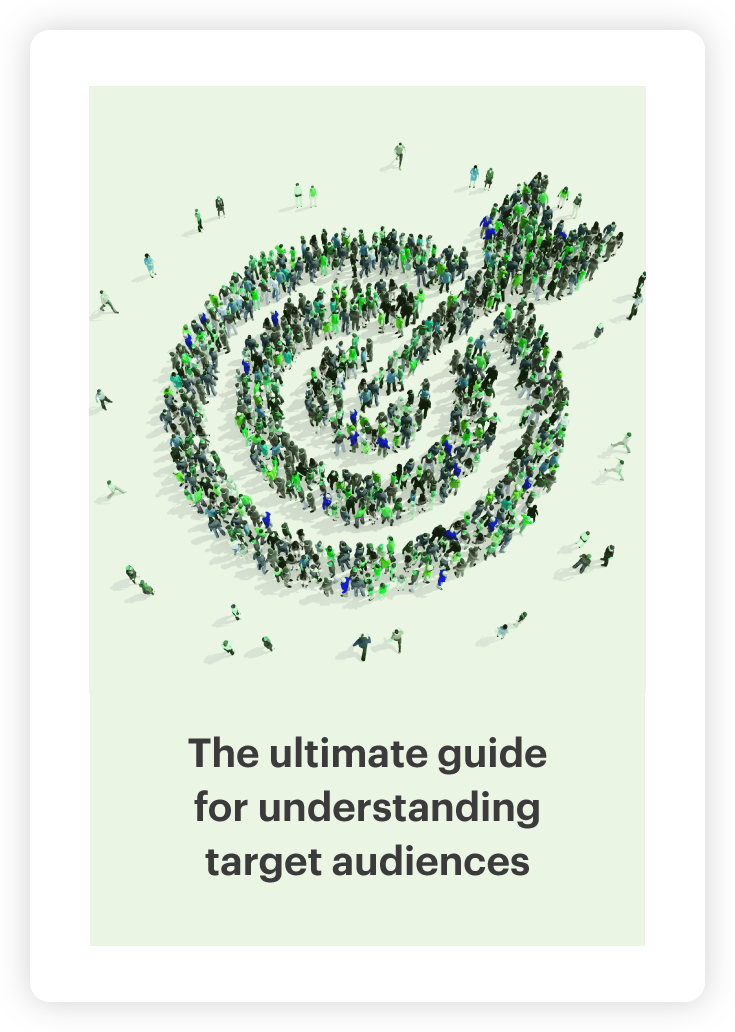What are the advantages of audience research?

When defining a target audience, there are multiple factors to consider—geography, age, interests, purchasing behaviors. The list goes on. But before you narrow down who your target customer is, let’s talk about the advantages of audience research.
First things first, what is audience research?
Audience research is the process of identifying and understanding a group of people who are, or have the potential to be, future customers. It involves determining the pain points and purchasing intentions of this audience and uncovering their wants, needs and desires.
But why is audience research important? Audience research lays the foundation of all successful businesses. It enables brands and organizations to find important audience insights which can be used to inform strategic business decisions – from marketing to pricing, customer service to product development.
Five key advantages of audience research
Develop well-defined buyer personas
One of the key advantages of audience research is that it helps businesses find valuable insights about their target audience, and get under the skin of consumers’ thoughts, feelings, opinions and behaviors. By making a considered effort to understand who your potential customers are – how they think, how they act, what they like and dislike – brands can then develop fully formed buyer personas and streamline their business strategy.
A buyer persona is essentially a profile of your ideal customer. It relates to their demographics, motivations and interests and might include what channels they are most likely to use. This is particularly advantageous for organizations as they can align across different departments and focus their sales and marketing strategies accordingly.
Craft tailored communications
A well-defined target audience allows you to customize your marketing activity so that you can concentrate your efforts on people who are most likely to be interested in your offering. Once you have conducted your audience research, you can tailor your messaging to reflect the language of your target customer or address their needs through content marketing.
Adopting a tailored approach to marketing and advertising will lead to more meaningful interactions with potential customers and enable brands to authentically resonate with the consumer.
Create a better customer experience
Every business thrives on its customers, so customer experience should always be a priority. The more you know about your target audience, the better you can deliver a positive customer journey at every touch point – from product design, to pricing, distribution and communication strategy.
Through audience research and understanding your customers, business owners can create a customer experience that exceeds expectations by ensuring that every interaction a customer has with a company adds value and aligns with their needs. When you clearly define who your ideal customer is and how they view your brand, this will help you make informed decisions on how to keep them happy and engaged with your offerings.
Be cost-effective
No matter the size of a business, everyone is looking for ways to be as cost-effective as possible. There’s no point investing time, money or resources in areas where there’s no demand from your target audience. By knowing exactly who you are selling to, you won’t waste any time or budget by marketing on the wrong channels.
For instance, you might find that your audience is more likely to engage with adverts on Instagram than Facebook or Twitter, as this is where they’re most active. By focusing advertising efforts accordingly, you’ll save money, have a better return on investment and be able to make strategic decisions on how you allocate your budget going forward.
Product development and innovation
One of the main advantages of audience research is knowing what products and services will be attractive to potential customers. Insights discovered through audience research can ultimately impact product development and innovation, helping you to find gaps in your current offering or the wider competitive landscape.
Not only will innovation enable you to build a loyal customer base, but it will ensure you stay ahead of the competition by bringing new offerings to the table.
Understanding your audience with Relative Insight
Relative Insight is a text analytics platform that utilizes comparison to analyze any source of text data. Through unique NLP technology, our platform pinpoints the words, phrases, topics, emotions and grammar that are statistically more prevalent in one data set over another.
Relative Insight works by taking two or more data sets, and comparing the language used within them, discovering what makes each unique. Through taking a comparative approach, Relative Insight cuts out the noise and speeds up the analysis process, revealing what we call unknown unknowns – the insights you don’t know to look for.
You might be wondering: how does this apply to audience research?
Brands and agencies use Relative Insight to find out what makes an audience unique. Specifically, to understand what the pain points of various customer segments are, or how different demographics speak.
For instance, a fashion brand might want to know how their gen Z audiences talk in comparison to millennials, in order to create targeted communications for both groups. By comparing how each group speaks on social media, brands can understand the linguistic differences between these demographics and mirror this in their marketing.
Similarly, a UK-based boutique fitness studio may be looking to expand into the US. However, before they do so, the brand wants to understand the pain points of various groups of gym-goers in the States. By conducting qualitative research or running an open-ended survey around fitness behavioors, the brand could use Relative Insight to compare responses from British and American audiences and understand what makes each unique. Equipped with these insights, the fitness brand can then create localized strategies for each demographic and increase the chances of a successful launch.
Undoubtedly, the advantages of audience research go beyond marketing and can involve innovation, pricing, product development and sales. By understanding what your customers need, their problems and how they behave, you can drive great customer experiences, build stronger relationships and create sustainable competitive advantage.
